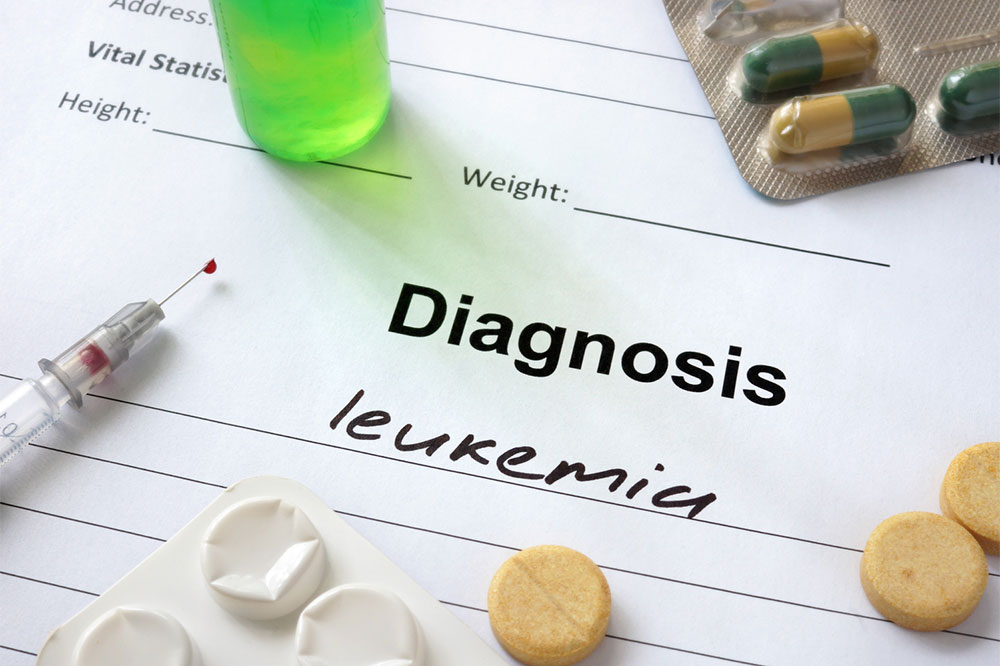Comprehensive Guide to Recognizing and Understanding Acute Myeloid Leukemia (AML)
This comprehensive guide explores the symptoms, causes, and risk factors associated with Acute Myeloid Leukemia (AML). Learn how early recognition and understanding of this aggressive blood cancer can lead to timely diagnosis and improved treatment outcomes. Discover common signs, underlying genetic and environmental causes, and the importance of prompt medical attention for better prognosis.

Comprehensive Guide to Recognizing and Understanding Acute Myeloid Leukemia (AML)
Acute myeloid leukemia, commonly abbreviated as AML, is a rapidly progressing form of blood cancer that primarily affects the body's ability to produce healthy, functional white blood cells. This serious medical condition is characterized by the abnormal growth and accumulation of immature myeloid cells, known as blasts, within the bone marrow. The accumulation of these defective cells interferes with the production of normal blood components, leading to weakened immunity, anemia, and bleeding risks. Given its aggressive nature, early detection and understanding its symptoms and causes are crucial for effective treatment and improved patient outcomes.
Recognizing the symptoms of AML early on can significantly impact prognosis. Common signs and symptoms include:
Persistent breathlessness or shortness of breath, even during minimal exertion
Unexplained bone or joint pain, often feeling like tenderness or discomfort in large bones
Unusual bruising or bleeding that occurs spontaneously or with minimal injury
Red or purple spots under the skin, known as petechiae, which indicate bleeding under the skin
Profuse sweating, especially during nighttimes, which can be severe enough to disrupt sleep
Noticeable loss of appetite, significant weight loss, and general weakness
Swollen and bleeding gums, which can sometimes be mistaken for dental issues
Frequent infections due to compromised immune defenses, leading to fevers, chills, and sore throats
It's important to note that symptoms may initially resemble common flu or infection, making early diagnosis challenging. However, persistent or worsening symptoms should prompt medical consultation for proper testing and diagnosis.
What causes AML?
While the precise origins of acute myeloid leukemia are not fully understood, it is generally caused by genetic mutations and abnormal changes in the DNA within blood stem cells in the bone marrow. These mutations disrupt the normal process of blood cell differentiation and proliferation, resulting in the excessive production of immature, non-functional cells that crowd out healthy blood cells. Several risk factors have been identified that may increase the likelihood of developing AML:
Smoking and exposure to carcinogens: Carcinogenic substances like benzene, often present in cigarette smoke, significantly raise AML risk. Occupational exposure to such chemicals also contributes to the development of the disease.
Advanced age: The majority of AML cases are diagnosed in individuals over the age of 65. The risk increases with age, although it can occur at any age, including rare cases in children and young adults.
Radiation exposure: Prior exposure to high doses of ionizing radiation, such as from radiation therapy or nuclear accidents, can increase susceptibility to AML.
Genetic predispositions: Certain hereditary conditions, including Down syndrome, Fanconi anemia, and Li-Fraumeni syndrome, are linked with higher risk of developing AML. These genetic disorders can cause inherent mutations or abnormalities that predispose individuals to leukemia.
Additionally, previous treatment with chemotherapy drugs, especially alkylating agents or topoisomerase II inhibitors, can increase the risk of AML later in life. The disease is complex, and ongoing research continues to uncover the intricate genetic and environmental factors involved in its development.
In conclusion, understanding the signs, symptoms, and causes of AML is vital for early detection and intervention. If you or a loved one experience any of the symptoms described, especially if they persist over time, seeking immediate medical advice is recommended. Advances in research and treatment options offer hope for better management, but early diagnosis remains the cornerstone of effective care for this aggressive leukemia.




